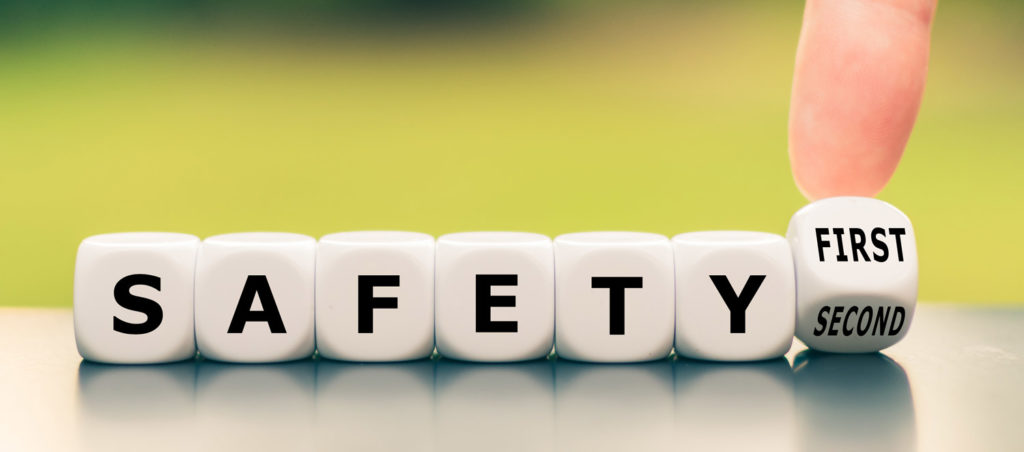The most asked question we get from our clients is “how do we compare?”. The HSEQ professionals want to know that they are doing the best they can do in safety and security. Osaava CERC together with forerunner clients can help HSEQ experts to find better solutions in their day-to-day work. In this article we describe the best practices our customers have told us. Most of these are about the overall safety culture and the philosophy behind the companies with excellent safety and security results.
Learnings from interviewing over 20 HSEQ experts
At Osaava CERC we have been interviewing safety and security professionals in Finland. Experts from the largest corporations to small construction companies have given their time to us. Together with them we’ve written blog posts (in Finnish) concerning all aspects of security and safety. From those we’ve gathered this list.
As some of the interviewees worked in companies which only had activities within Finland, some of best practices we learned might not be suitable for your company.
10 Time, time and time
Companies which had excellent results in safety and security shared the same value: giving time. The companies, who gave time for the team to learn the safe and secure ways of doing their work, achieved better results in both. But it can’t be just a promise of giving time, it must be worked into the culture.
9 Keep doing it
Some of the safety and security tasks can feel tedious. Help your team to understand that doing the tasks help them and their coworkers to get back home safe.
8 Go back to basics
Every now and then it is beneficial to go back to the basic level of your work. Every member in your organization should know what the day-to-day realities are in the floor level. To get the best results in HSEQ work, you must understand the situations where, for example, accidents might happen.
7 Teamwork
Many HSEQ professionals end up working alone as they do not have a HSEQ team around them. Even in companies with very small HSEQ teams (one person), it is beneficial to have cross-departmental collaboration. A HSEQ expert should never feel like they are the only person in the company, fighting for better safety and security.
6 Brainwashing
In some high-risk environments it is crucial to get workers to follow the safety and security rules. In situations where taking additional risk might cause death, safety and security can not be left to the worker. These situations require keeping on training the right way of doing tasks until they are built into the muscle memory.
5 Think global
HSEQ professionals need to learn from all possible stakeholders. A HSEQ professional should understand how a risk situation might affect other companies, environment and people relating to the risk. What effects can a crisis, emergency or a risk situation have in the world.
4 Work local
To achieve excellent results in the HSEQ position, many professionals have focused on local activities. How to achieve no work-related deaths or injuries in this factory, team etc. How to help a worker understand how they can help everyone to get back home safely. Creating smaller groups from the data helps to get back into the basics. Everyone should understand why doing something is important.
3 People are not machines
When collecting safety and security data, it is easy to forget that there are people involved. With machines it is easy to see how a specific additional safety feature would benefit, but with people the effects might not be visible for a long time. Giving time for change is important as people react differently to changes.
2 Sensitivity
Some people are more sensitive to certain things. One might be able to see risks in the work environment, and one might know earlier when others are going to have a nervous breakdown. Many HSEQ experts we have talked with were hypersensitive to some stimulus themselves. Understanding how sensitivity can help achieve better safety and security is important.
1 Be open
The key factor in every company with excellent safety and security results was that they were open. They had a culture of talking about risks. They shared a culture in which it was impossible to hide bad behavior. Most of the companies with low level of injuries were multi-cultural. When people are different from each other, they can see possible risks in multiple ways. The more open you are, the safer everyone will be.


